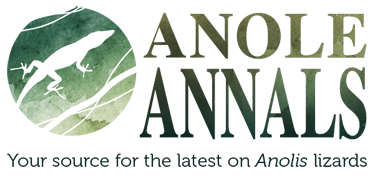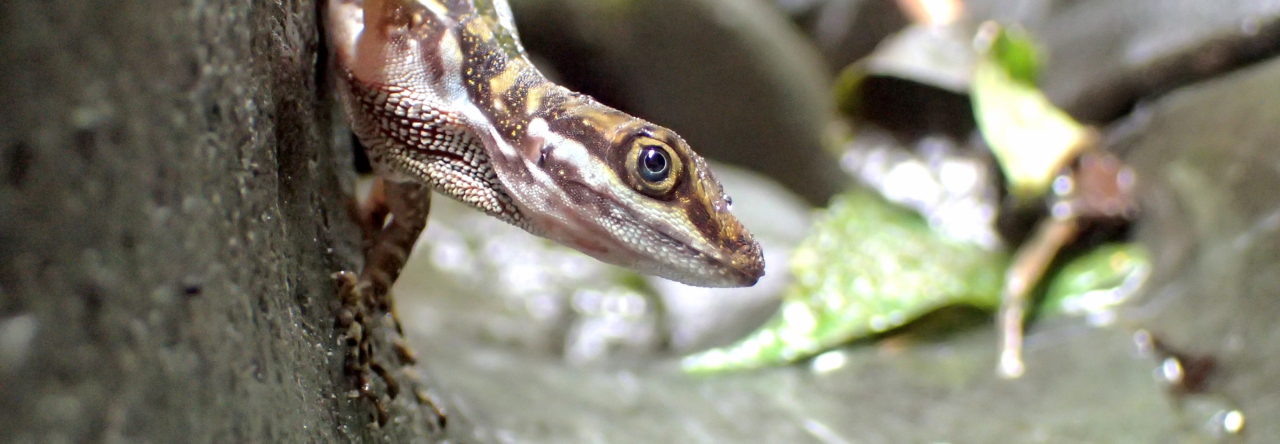 Annual conferences are a major way for scientists to get their research out to a broad audience and to find out what is new and emerging in different fields. For those of us who study Anolis lizards, there are two annual conferences that are a major draw for our community – the Society for Integrative and Comparative Biology (SICB) meeting in January and the SSE/SSB Evolution meeting in June. There are other conferences, as well, that meet less often, such as the World Congress of Herpetology and the Anolis Symposium, which are also important gatherings for our growing community.
Annual conferences are a major way for scientists to get their research out to a broad audience and to find out what is new and emerging in different fields. For those of us who study Anolis lizards, there are two annual conferences that are a major draw for our community – the Society for Integrative and Comparative Biology (SICB) meeting in January and the SSE/SSB Evolution meeting in June. There are other conferences, as well, that meet less often, such as the World Congress of Herpetology and the Anolis Symposium, which are also important gatherings for our growing community.
Last year, we were pleased to report that Anolis research was prominently featured throughout the SICB conference in Charleston, South Carolina. In addition to more than a dozen talks and posters, there was also an open forum on the Anolis genome and evo-devo research, in light of the publication of the A. carolinensis genome. The online schedule for SICB 2013 has just been published and a preliminary search using the keyword Anolis returns a list of 18 talks and posters. There is a great diversity of topics explored this year, including phylogenetic frameworks for evolutionary convergence, aggressive behavior, locomotion, thermal ecology, and parasitism, among others.
One of the cool things we did last year was blog live from SICB in Charleston (1, 2, 3). Because the conference was hosted in South Carolina, Marc Tollis shared some pictures of actual anoles at the conference center. We plan to blog live from the conference in San Francisco and provide you with information about all the interesting research being done on anoles. Stay tuned for more!




 Phylogenetic comparative methods whiz Liam Revell has
Phylogenetic comparative methods whiz Liam Revell has 






 Another entry into the ever-expanding genre of anole literature. Check out
Another entry into the ever-expanding genre of anole literature. Check out 